7 Famous Tourist Attractions In China
China is a vast and diverse country with a rich cultural heritage and breathtaking landscapes. From ancient historical sites to stunning natural wonders, here are seven must-visit tourist attractions in China, each offering a unique and unforgettable experience.
1Zhangjiajie National Forest Park: Natural Wonderland
0 votes
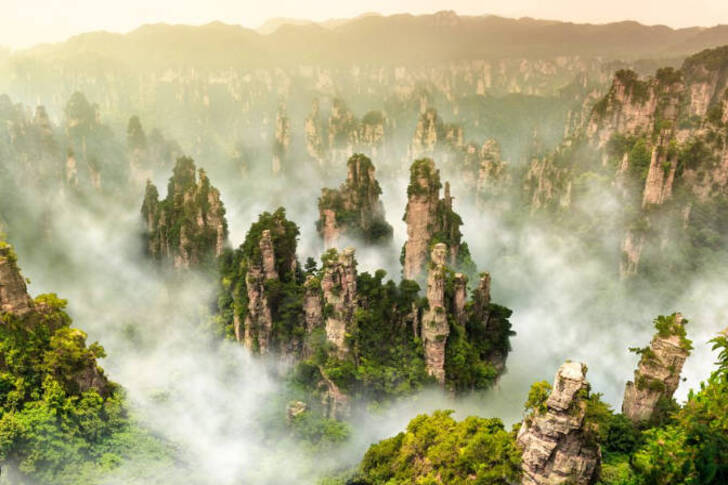
Zhangjiajie National Forest Park, located in Hunan Province, is a natural wonderland known for its towering sandstone pillars, lush forests, and breathtaking scenery. The park gained international fame as the inspiration for the floating Hallelujah Mountains in the movie “Avatar.” Visitors can explore the park’s numerous trails, suspension bridges, and cable cars that offer stunning views of the dramatic landscape. The most famous area within the park is the Yuanjiajie Scenic Area, home to the Avatar Hallelujah Mountain and the world’s longest and highest glass bridge, the Zhangjiajie Glass Bridge. Another highlight is the Tianzi Mountain, known for its sea of clouds, lush greenery, and unique rock formations. The park’s diverse flora and fauna, including rare and endangered species, add to its natural beauty. Zhangjiajie National Forest Park’s otherworldly landscape and serene atmosphere make it a must-visit destination for nature lovers and adventure seekers.
0
Do you agree? 0% of people agree with your point of view!
2The Great Wall of China: Majestic and Historic
0 votes
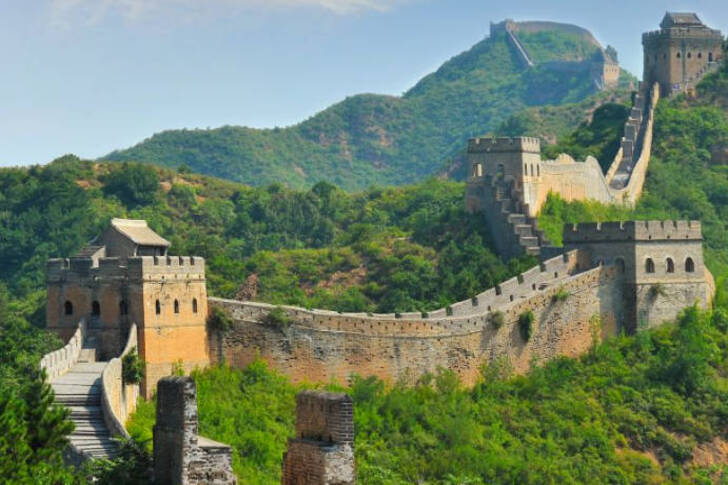
The Great Wall of China is one of the most iconic and awe-inspiring structures in the world, stretching over 13,000 miles across northern China. Built over several dynasties, with the most famous sections constructed during the Ming Dynasty (1368-1644), the Great Wall served as a formidable defense against invasions and raids. Visitors can explore various sections of the wall, each offering unique experiences and breathtaking views. The Badaling and Mutianyu sections, near Beijing, are well-preserved and easily accessible, featuring restored walkways and watchtowers. For a more rugged and less crowded experience, the Jinshanling and Simatai sections offer challenging hikes and stunning scenery. The Great Wall’s sheer scale, historical significance, and panoramic vistas make it a must-see destination for any traveler to China.
0
Do you agree? 0% of people agree with your point of view!
3The Bund, Shanghai: Historical Waterfront
0 votes
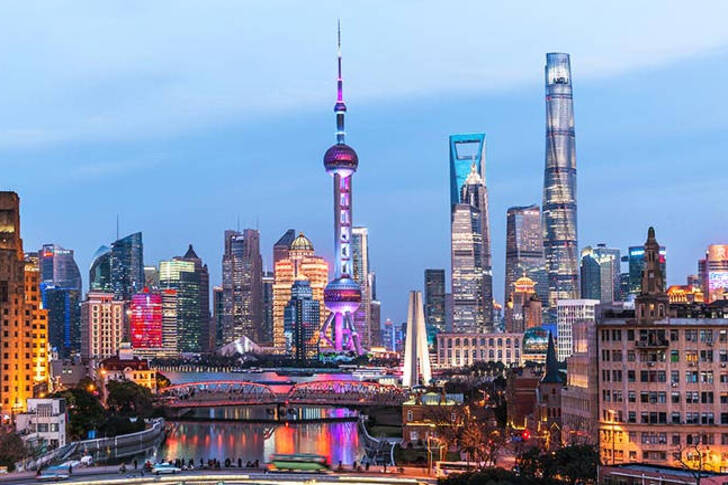
The Bund in Shanghai is a historic waterfront area that offers a striking contrast between old and new. Stretching along the western bank of the Huangpu River, the Bund is home to a collection of 19th and early 20th-century colonial-era buildings, showcasing a variety of architectural styles, including Gothic, Baroque, and Art Deco. These historic structures house luxury hotels, restaurants, and boutiques, making the Bund a popular destination for both tourists and locals. Visitors can stroll along the riverside promenade, enjoying panoramic views of the modern skyscrapers of the Pudong district across the river, including the iconic Oriental Pearl Tower and Shanghai Tower. The Bund is particularly enchanting at night when the buildings are illuminated, creating a vibrant and picturesque scene. With its blend of historical charm and modern energy, the Bund offers a unique and memorable experience for those exploring Shanghai.
0
Do you agree? 0% of people agree with your point of view!
4Terracotta Army, Xi’an: Archaeological Marvel
0 votes
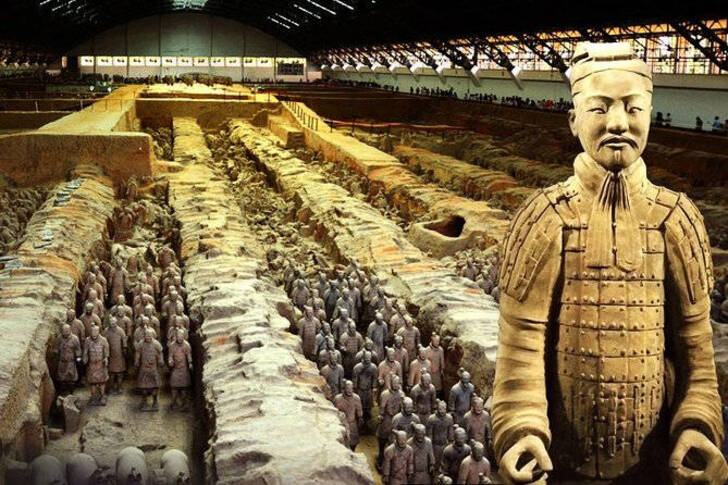
The Terracotta Army in Xi’an is one of the most significant archaeological discoveries of the 20th century. Discovered in 1974 by local farmers, this vast collection of life-sized terracotta soldiers, horses, and chariots was created to accompany the first Emperor of China, Qin Shi Huang, in the afterlife. The army, which dates back to approximately 210-209 BCE, is part of the larger Mausoleum of Qin Shi Huang. Visitors can explore the three main pits, which contain thousands of intricately detailed figures, each with unique facial features and expressions. The site also includes a museum that provides insights into the history, construction, and significance of the terracotta figures. The Terracotta Army’s impressive scale, historical importance, and artistic craftsmanship make it a must-see attraction for anyone visiting Xi’an.
0
Do you agree? 0% of people agree with your point of view!
5Jiuzhaigou Valley, Sichuan: Pristine Natural Beauty
0 votes
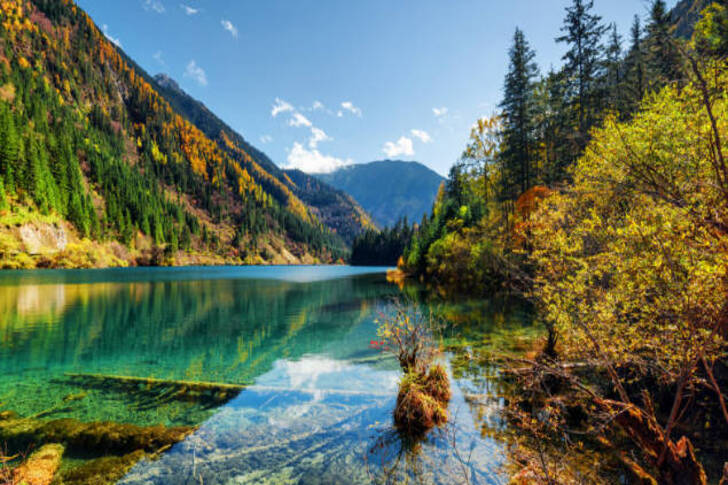
Jiuzhaigou Valley in Sichuan Province is a UNESCO World Heritage site renowned for its pristine natural beauty. This stunning nature reserve is characterized by its colorful lakes, multi-tiered waterfalls, and snow-capped peaks. The valley’s name, which means “Nine Village Valley,” refers to the nine Tibetan villages scattered throughout the area, adding cultural significance to its natural splendor. Visitors can explore the park’s well-maintained trails and boardwalks, which provide easy access to its most famous attractions, such as the Five Flower Lake, known for its vibrant blue and green hues, and the Nuorilang Waterfall, one of the widest in China. The park’s diverse ecosystems support a variety of wildlife, including giant pandas and golden snub-nosed monkeys. Jiuzhaigou’s breathtaking landscapes, clear waters, and serene atmosphere make it a must-visit destination for nature lovers and photographers.
0
Do you agree? 0% of people agree with your point of view!
6The Potala Palace, Lhasa: Spiritual and Architectural Masterpiece
0 votes
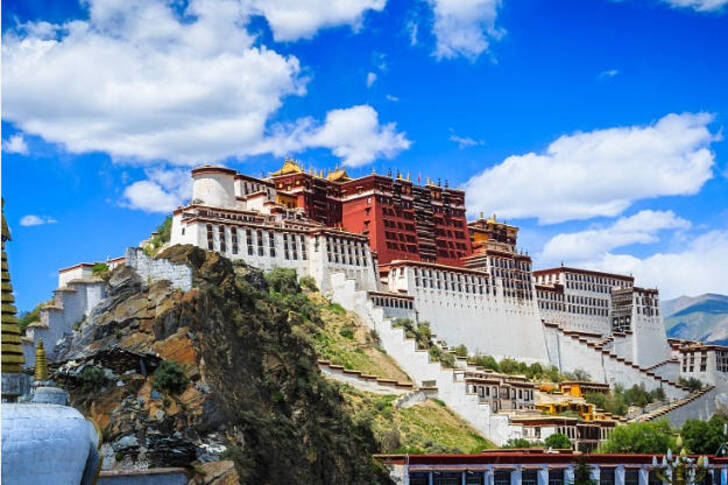
The Potala Palace in Lhasa, Tibet, is a spiritual and architectural masterpiece that serves as a symbol of Tibetan Buddhism. Perched on Marpo Ri Hill at an altitude of 12,139 feet, the palace was the winter residence of the Dalai Lamas and the center of Tibetan political and religious life for centuries. The Potala Palace is a stunning example of traditional Tibetan architecture, with its towering white and red walls, gilded roofs, and intricate interior decorations. The palace complex consists of two main parts: the White Palace, which served as the administrative and living quarters, and the Red Palace, which houses numerous chapels, shrines, and prayer halls. Visitors can explore the richly decorated rooms, filled with murals, thangkas, and statues, as well as the vast collection of historical and religious artifacts. The Potala Palace’s spiritual significance, architectural grandeur, and breathtaking views of Lhasa and the surrounding mountains make it a must-visit destination for those traveling to Tibet.
0
Do you agree? 0% of people agree with your point of view!
7The Forbidden City, Beijing: Imperial Splendor
0 votes
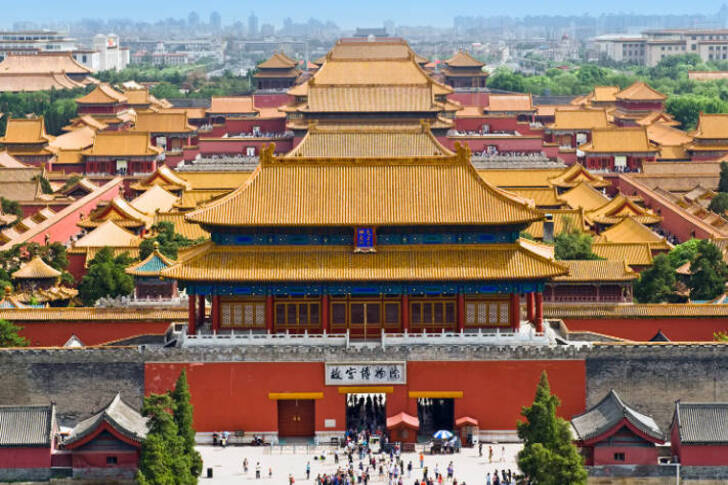
The Forbidden City in Beijing is a magnificent palace complex that served as the imperial residence for 24 emperors during the Ming and Qing dynasties (1368-1912). Spanning over 180 acres, the Forbidden City is one of the largest and best-preserved ancient wooden structures in the world. The complex consists of nearly 1,000 buildings, including grand halls, courtyards, and exquisite gardens. Visitors can explore the Hall of Supreme Harmony, the largest and most important structure, where emperors conducted state affairs, as well as the Hall of Mental Cultivation, the private residence of the Qing emperors. The Palace Museum, located within the Forbidden City, houses an extensive collection of Chinese art, artifacts, and historical treasures. The Forbidden City’s architectural grandeur and rich history offer a fascinating glimpse into China’s imperial past, making it an essential stop for any visitor to Beijing.
0
Do you agree? 0% of people agree with your point of view!







Recent Comments